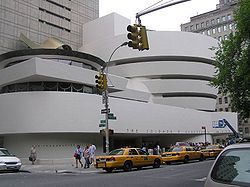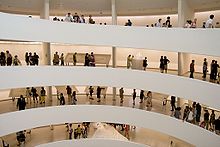True to form as usual
A purely free market system has one glaringly obvious flaw: if a company’s first responsibility is to its shareholders. In a system based on quarterly earnings, business decisions are only based on the effects of a product on the customer, or even society as a whole, if they impact the bottom line in the short term. This is why, to one extent or another, the excesses of free market capitalism are restrained through regulation. The only brake on corporate malfeasance in a case where the interests of business and society are diametrically opposed is the regulatory arm of the government.
Unfortunately, the interests of the government can be swayed by massive amounts of money, either through tax revenue or through campaign contributions to individual representatives. Sometimes the welfare of society and its constituent members are ignored, even in a supposedly representative democracy. A number of examples can be made here, from the lack of attention to global warming due to the interference of Big Oil, to the current state of the banking system. This diary examines something both universal and intimate: the government’s ambiguous role in preventing long-term diseases such as cancer, and regulating triggers that might cause it. It is not a critique of the current US health care system, or even Obama’s modification of it, but an overview of how good health over the life of an individual is certainly not of primary importance to industry and in some cases, not of interest to the government either.
Many speculative discussions have arisen in this forum over the past several years concerning carcinogens in the environment and the food supply. Some of these are controversial enough that they will not be covered here except tangentially. Instead I will use as a case study a substance whose toxicity is so well understood by the general public that there is no argument that its use and cancer are correlated. Nonetheless, because of the vast amounts of money produced through its sale, its carcinogenic nature was first ignored and then debated well past the point when it had become obvious to those in the medical profession, government regulators, and consumers. That subject is, of course tobacco, or more precisely the vast quantity of it consumed by cigarette smokers.


 In 1939, the Guggenheim Foundation’s first museum, “The Museum of Non-Objective Painting”, opened in rented quarters at 24 East Fifty-Fourth Street in New York and showcased art by early modernists such as
In 1939, the Guggenheim Foundation’s first museum, “The Museum of Non-Objective Painting”, opened in rented quarters at 24 East Fifty-Fourth Street in New York and showcased art by early modernists such as  Internally, the viewing gallery forms a gentle helical spiral from the main level up to the top of the building. Paintings are displayed along the walls of the spiral and also in exhibition space found at annex levels along the way.
Internally, the viewing gallery forms a gentle helical spiral from the main level up to the top of the building. Paintings are displayed along the walls of the spiral and also in exhibition space found at annex levels along the way.
Recent Comments